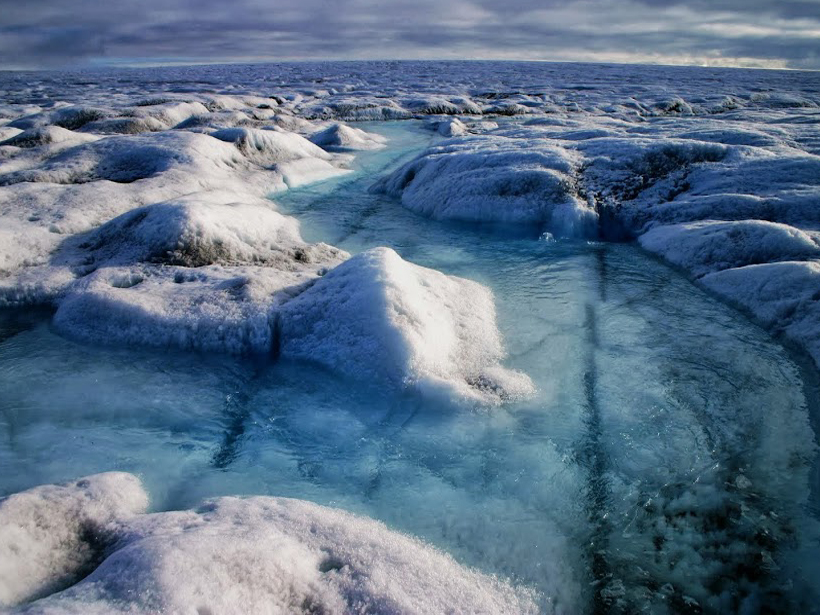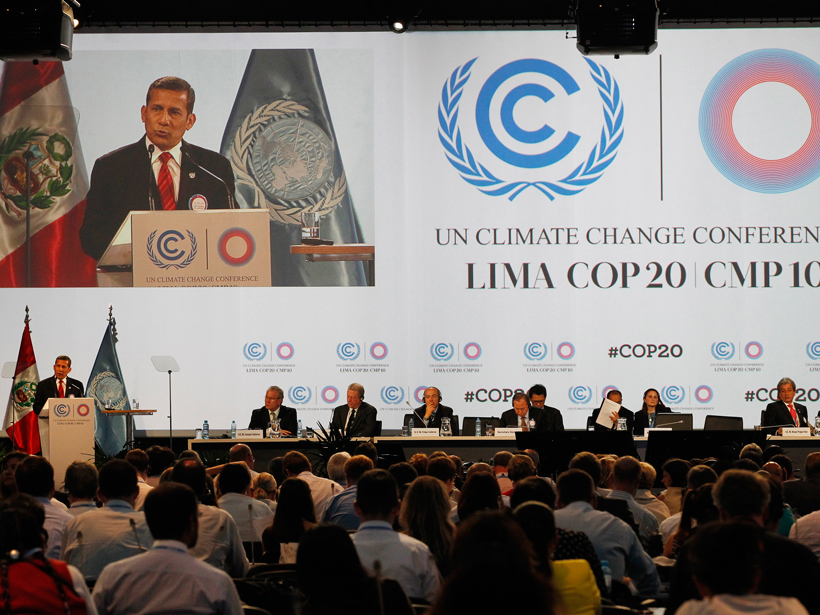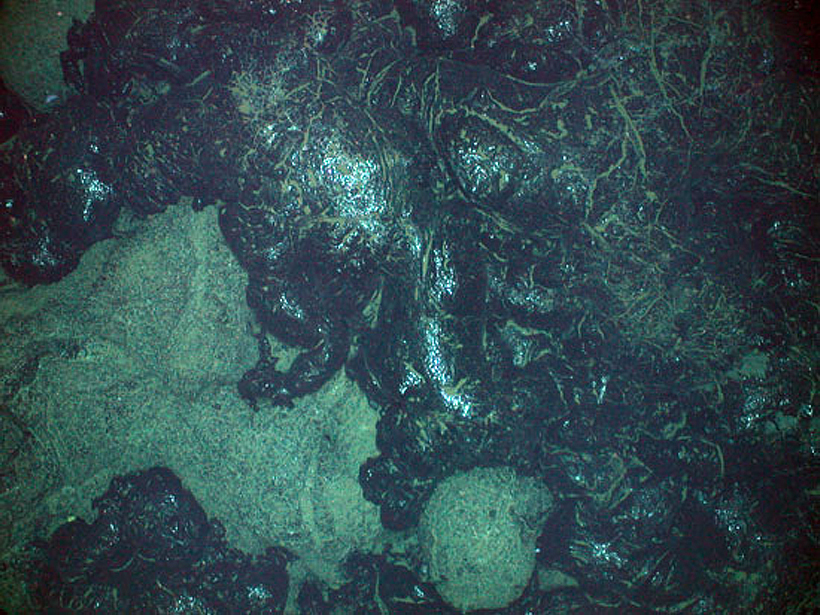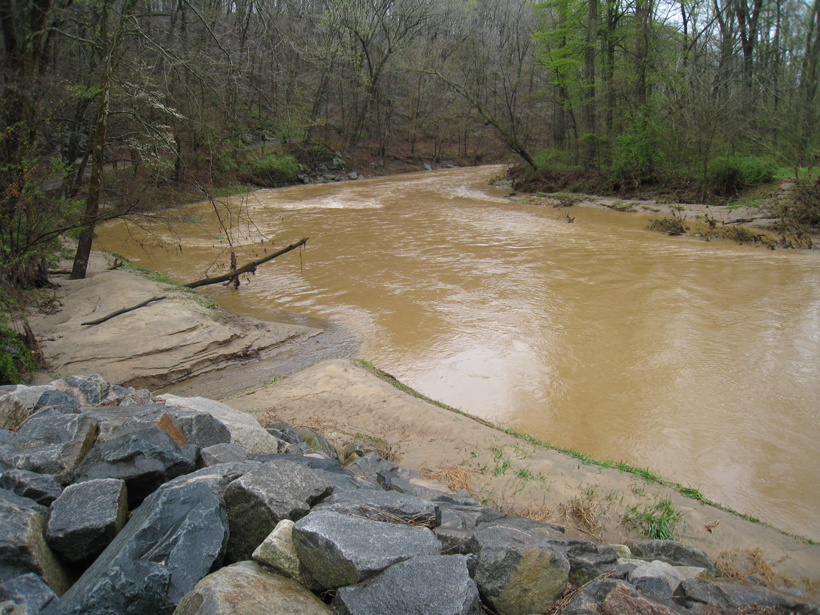Increasing ice temperatures and decreasing ice viscosities could lead to "thermal-viscous collapse" of the Greenland ice sheet, raising sea levels as much as 51 centimeters over the next 500 years.
Climate Change
Reservoirs Act as a Source for Greenhouse Gases
Scientists examine nitrous oxide production in aquatic environments and the conditions that drive it.
How Long Is a Bolt of Lightning?
Better calculations of bolt length could help quantify how much climate-changing nitrogen oxide gas is made when lightning strikes.
Birthplace of Pacific Tropical Cyclones on the Move
A study says the point of origin for cyclones in the western North Pacific is moving closer to land because of warming of the tropical troposphere.
Targets of Biggest Global Carbon Emitters Flunk Fairness Test
Pledges so far by the United States, European Union, and China would require all other countries to emit 7 to 14 times less per capita than those three regions by 2030 to limit warming to 2°C.
Earth's Climate Cycles Might Have an Eccentric Explanation
Mid-ocean ridge eruptions follow the cycles of tides and Earth's orbital eccentricity, indicating a possible role in long-term climate shifts.
Strong Storms Flush Out Particulate Nitrogen
Field observations show that with climate change, fiercer tropical storms may release more particulate nitrogen from temperate forests into aquatic ecosystems.
Navigating the Uncertain Future of Global Oceanic Time Series
Long-term observing of our world's oceans is crucial to understanding climate change. Innovation and collaboration are needed to achieve sustainable oceanic time series.
Advancing Scenario Planning for Climate Decision Making
Scenario Planning for Climate Adaptation Decision Making; Tucson, Arizona, 31 March to 1 April 2015
GREAT ICE Monitors Glaciers in the Tropical Andes
An international program strengthens glaciological studies in the tropical Andes, promotes collaborative projects, and develops educational programs with local universities.









